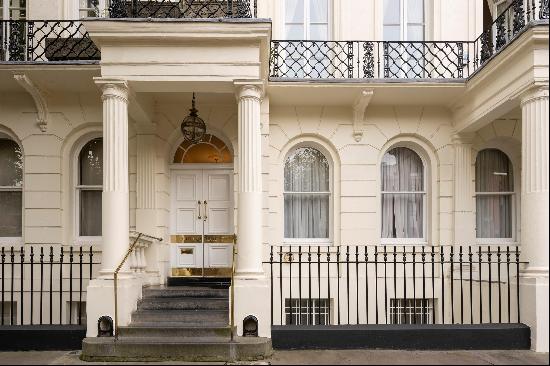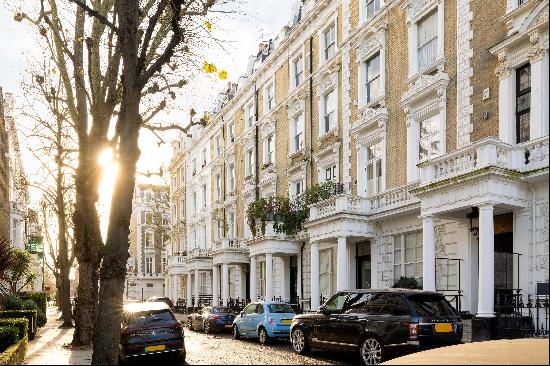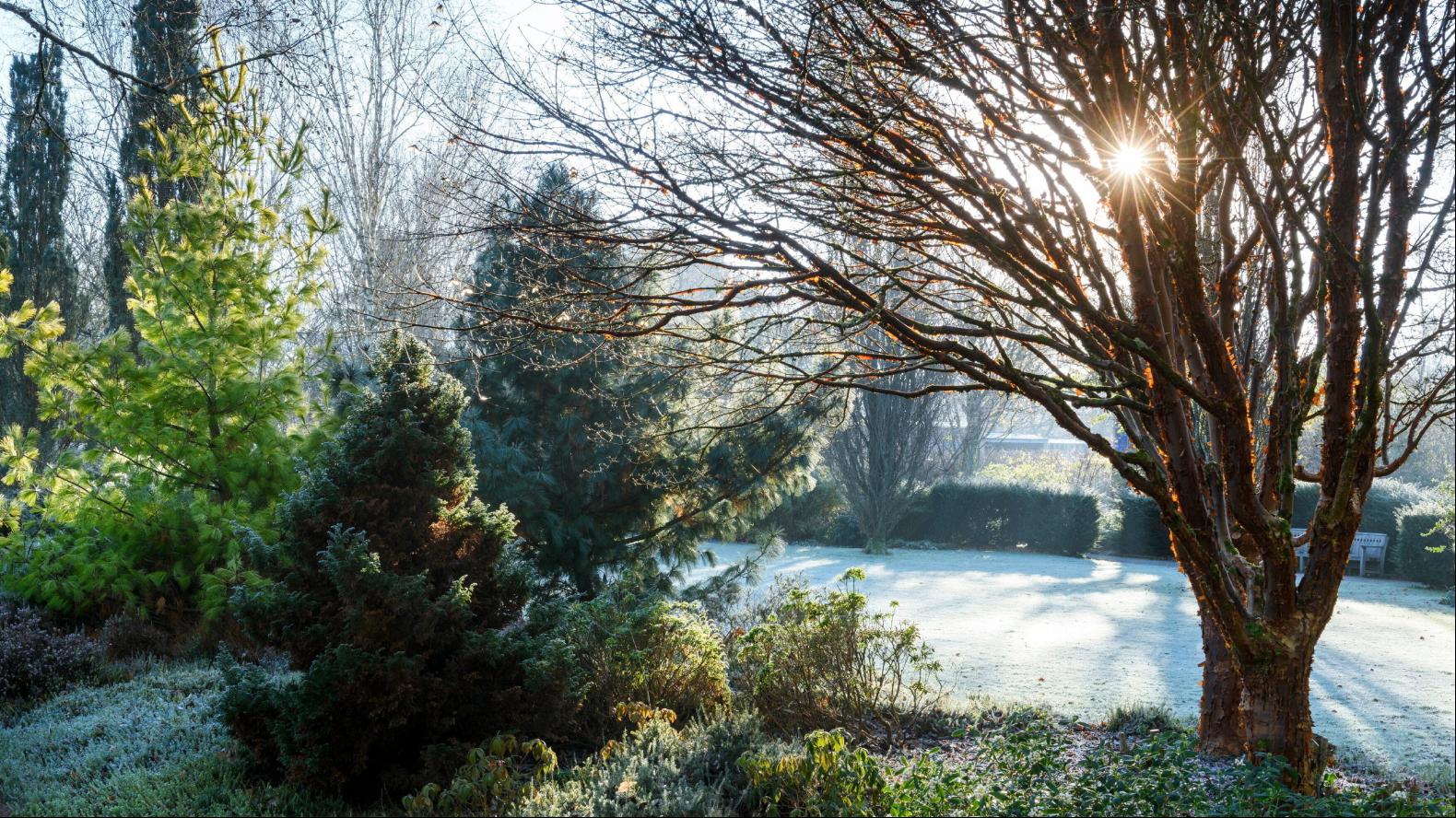
By Kate Youde
When the days are short and the months feel long, we could all do with something to lift spirits. While in much of the northern hemisphere it may not be the weather for sitting outside, gardens can still provide a natural boost. The idea of a winter garden rose to popularity in Europe in the 19th century, when botany was a popular pursuit. Glass structures were created at grand houses and in public spaces to accommodate exotic plants gathered from global expeditions.
While the term winter garden can still refer to spaces that provide greenery and entertainment whatever the weather, it now typically means an outdoor garden that is at its best in winter — or at least puts on a good display at that time of year. Regent’s Park in London, once home to a winter garden in the form of a glasshouse of non-native species, has a garden dedicated to planting that peaks in the British winter and early spring.
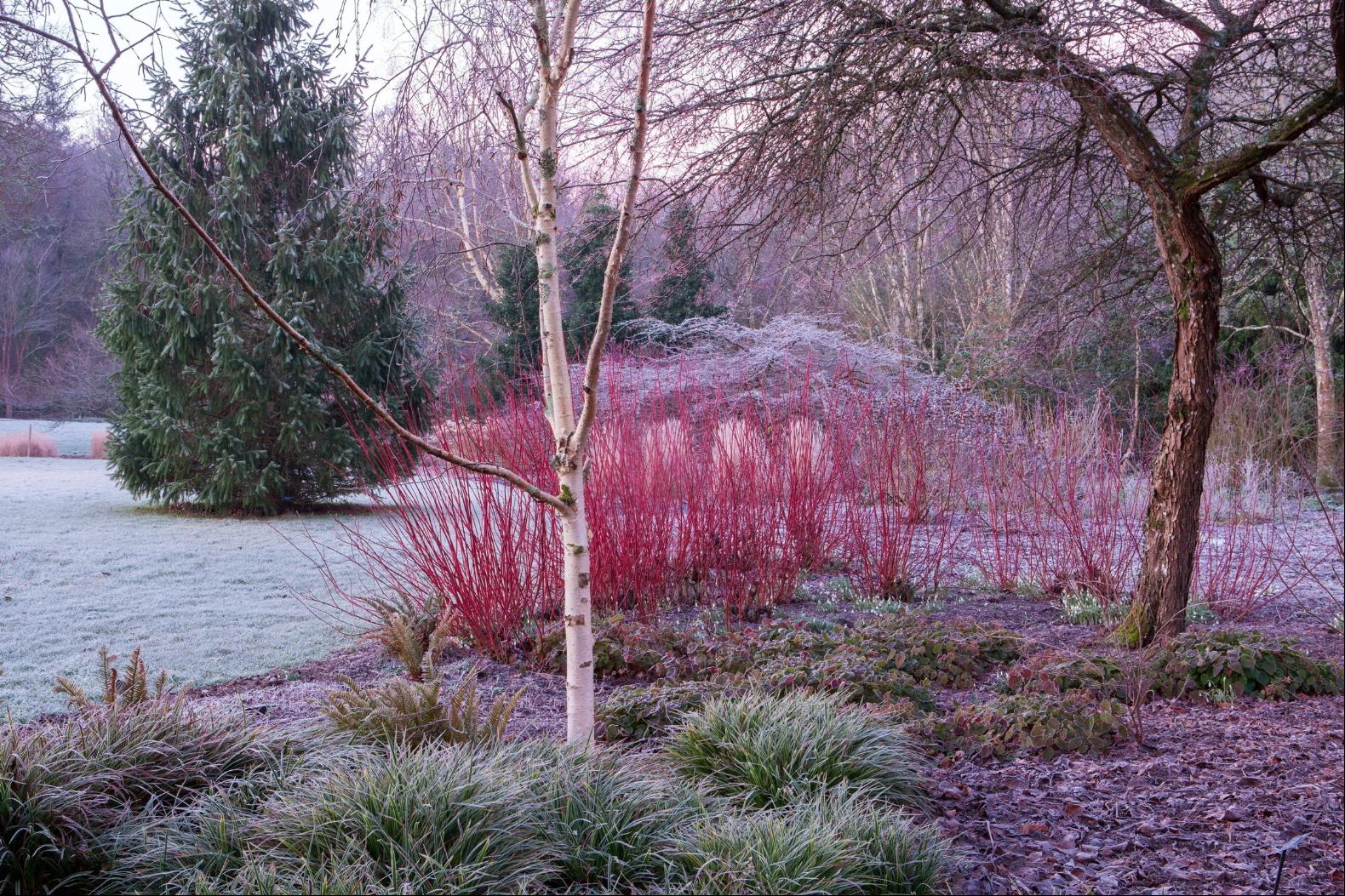
“In the early days of the plant hunters a lot wasn’t known really about the hardiness of plants people were bringing into the country”, says Jonathan Webster, curator at RHS Garden Rosemoor in Devon. “So camellias, and whatever, used to be grown in glasshouses because they thought they were tender.”
Glasshouses were used “to protect the flowers and to get the best show”, says Webster. “Obviously, with more knowledge . . . it has evolved into them becoming planted more outdoors.” An early example of a modern winter garden is the one developed at Cambridge University Botanic Garden in 1979, he adds.
Many people won’t have enough land to create a plot specifically designed to shine in the colder months. However, by considering the elements that make a successful winter garden, it is possible to add year-round interest to existing outdoor space. Webster says winter is when you see the “bare bones” of a garden so you need to have structure and height, which could be an evergreen hedge such as yew. This can not only provide shelter, he says, but also a background against which to showcase flowers.

A good range of plants is key, he says, including bulbs, herbaceous plants, grasses and shrubs, with many of the latter having colourful stems and fruit. Hollies have evergreen foliage and bright berries in early winter. Daphnes are Webster’s favourite flower for winter, with the “highly fragrant” Daphne bholua Jacqueline Postill having a pink bloom. The scented sweet box (Sarcococca) with its white flowers and witch hazel Pallida, which produces sulphur yellow flowers, also have both aromatic and visual appeal. “With these scented plants, it’s always nice to have them next to a path or a door so you can brush past them and [smell] that perfume,” says Webster.
Colour can also come from trees: the paperbark maple from China has a textural, cinnamon-coloured peeling bark. Webster says that while the white hue of the Himalayan birch can look “a bit cold”, it nevertheless “adds that drama to a garden”.
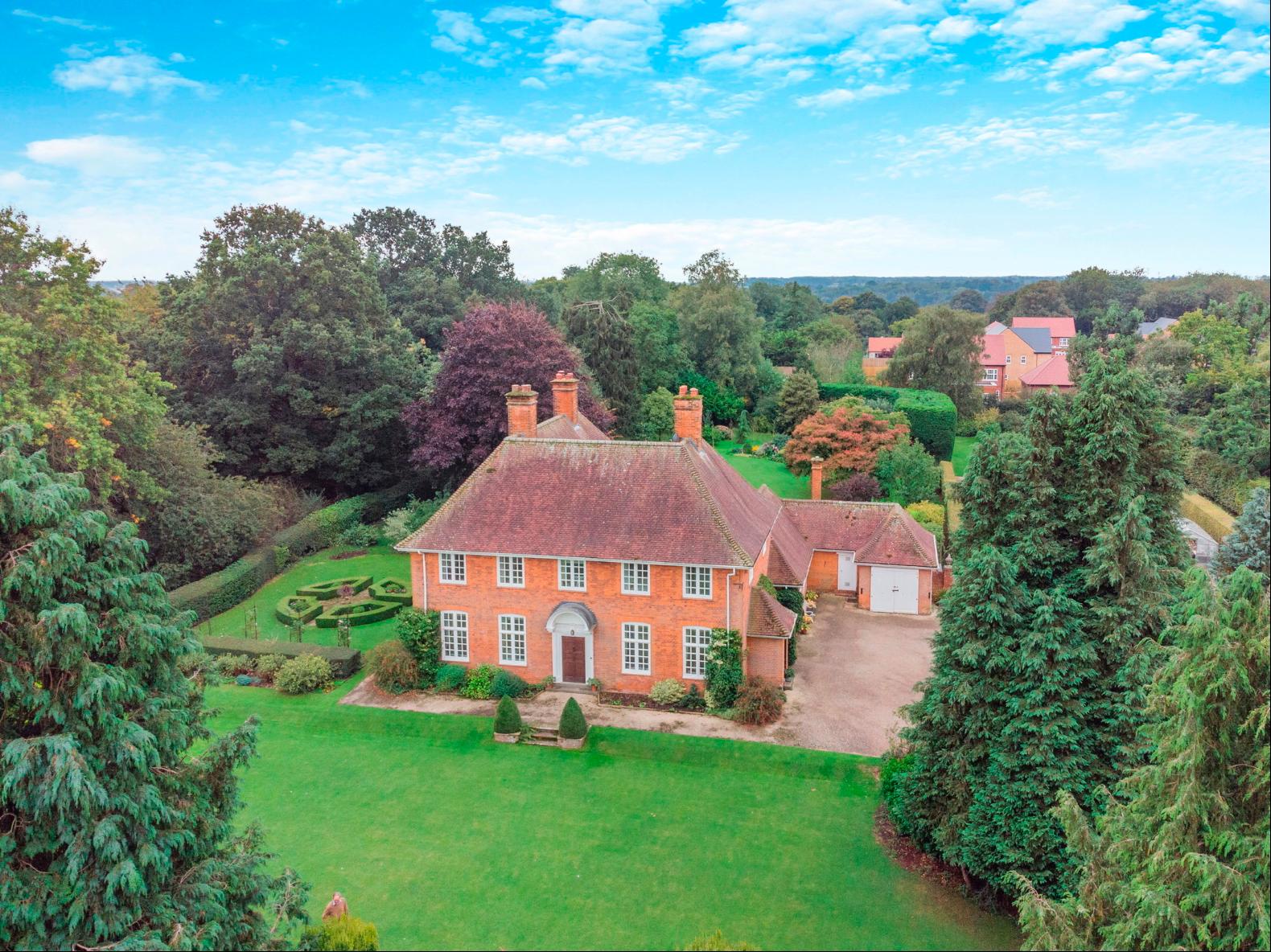
An eye-catching feature of the 1.49-acre garden of this Arts and Crafts style house on the edge of the Hertfordshire village of Preston, on the market for £3.25mn, is Midwinter Fire dogwood with its colourful stems. Other planting giving interest during the colder months includes yellow winter aconite flowers, scented wintersweet and winter honeysuckle.
The desire to have our gardens performing throughout the year not only benefits our wellbeing but that of wildlife, as extending the season for flowering plants provides extra food for pollinating insects. “With a changing climate . . . [insects are] around for more of the year with warmer winters so having the food source there is quite key,” says Webster. Of course, attracting wildlife adds yet more interest to a garden in the winter.
Photography: Jason Ingram; Clive Nichols; Strutt & Parker





